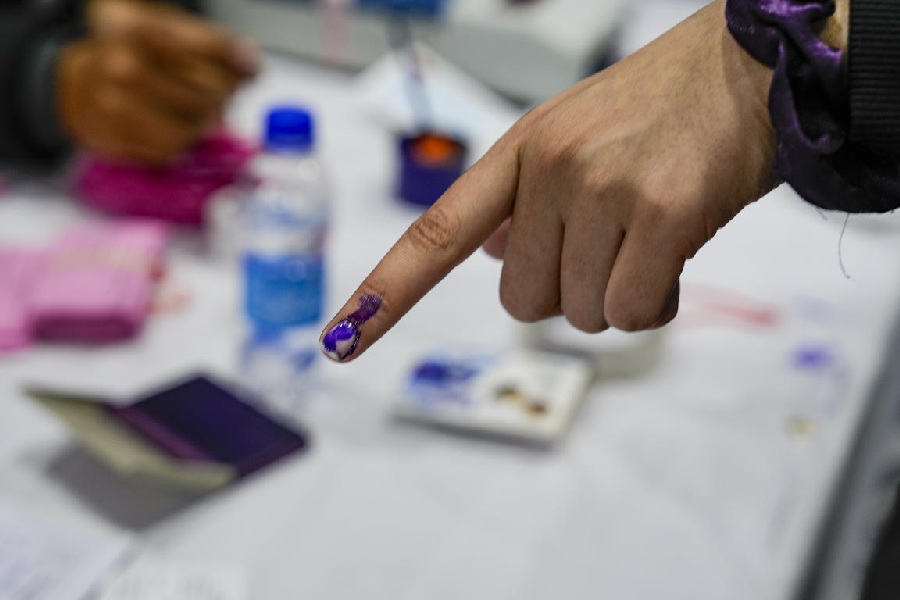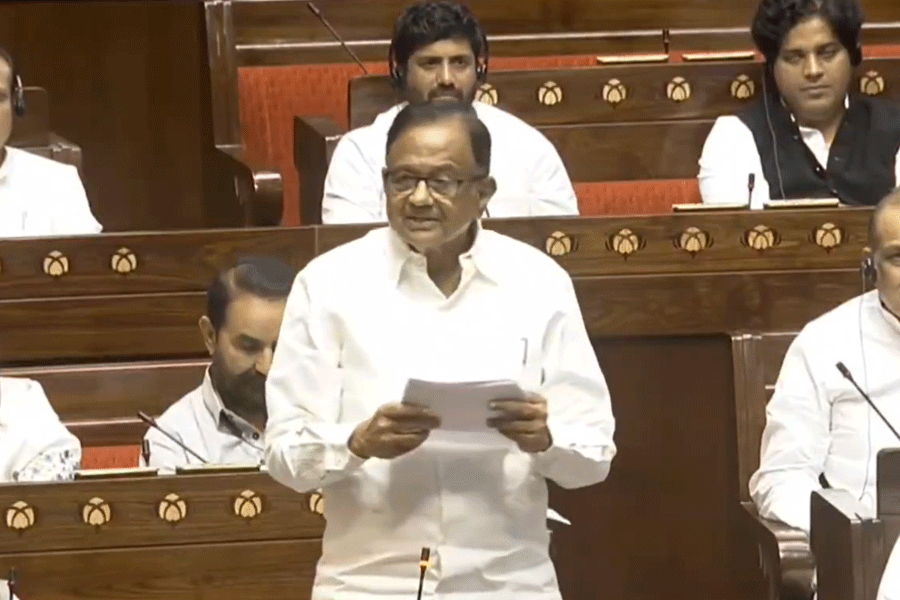 |
| Vidya Balan enjoys a ride in a first-class tram coach during the shoot for No One Killed Jessica last year |
 |
| A first-class coach with fans |
 |
| A second-class coach without fans |
| Did you know? |
| ● Trams were started in 1880 to carry luggage, not to ferry humans. Horses then drew the trams |
| ● Steam engines ran the trams for a couple of years since 1900. But the system could not be sustained and in 1903 the trams started to run on electricity |
| ● Some tram depots, including the ones in Park Circus and Nonapukur, turned into shelters for victims for the 1947 communal riots |
The Calcutta tram is set to lose class. The government plans to abolish second-class coaches and bring them on a par with the more comfortable first class.
A first-class coach has ceiling fans and a different seating arrangement from that of its poor cousin running behind. A first-class ride is also more expensive by 50 paise.
“We plan to provide the same comfort in both compartments of a tram,” said Shantilal Jain, the chairman of the Calcutta Tramways Company (CTC). “At present, there are three fans in a first-class coach but none in the second class. We will fit an equal number of fans in the second-class coaches, too.”
The distinction between the two coaches of a tram started during the British era. It continued post-Independence, even after the CTC was nationalised in 1978.
“Initially, trams had only one coach. The difference was created when another coach was introduced around 1900. The British and upper-class Indians travelled first-class seating on cushioned chairs, while the others had to be content with wooden seats in second-class coaches,” said Debasish Bhattacharjee, the deputy director of Indian Institute of Chemical Biology, who takes a keen interest in the history of Calcutta’s trams.
“The difference of fare in those days could have been one or two paise,” added Bhattacharjee, who has written on the evolution of the city’s slow rides.
Jain said as a corollary of class abolition, the fare would be uniform. “The facilities and fares will be same for both categories,” he said.
A tram ride was a true lesson in class differences in Calcutta even during the 1950s and 1960s. “The conductor would rarely wait for a second-class passenger but would give sufficient time to first-class passengers to board or get down. If a woman from the second-class coach was to get down, the conductor there would give a different signal so that the conductor in the first-class coach would ring the bell and stop the tram,” said Sukanta Chaudhuri, emeritus professor at Jadavpur University.
The CTC was a British-owned organisation registered in London. The British started to sell their stakes from the 1960s, leading to the CTC’s nationalisation in 1978.
The first-class coaches continued to have cushioned seats till the 1970s, when they were replaced with wooden ones. The changeover was prompted by attempts to set trams on fire after the hike in fares in the 1960s.
“Trams were still seen as colonial products and the CTC was still British-owned then. So the wrath was natural,” said Bhattacharjee.
The distinction between the two classes was first done away with when a fleet of new trams was introduced in 2007. “In these trams, the seating arrangements are similar in both coaches. Also, there are fans in both coaches. The fare is uniform and similar to that charged in first-class coaches of old trams,” said Pradip Chattopadhyay, the managing director of CTC.
Of the 120 trams running in the city, however, only 20 are new ones.











